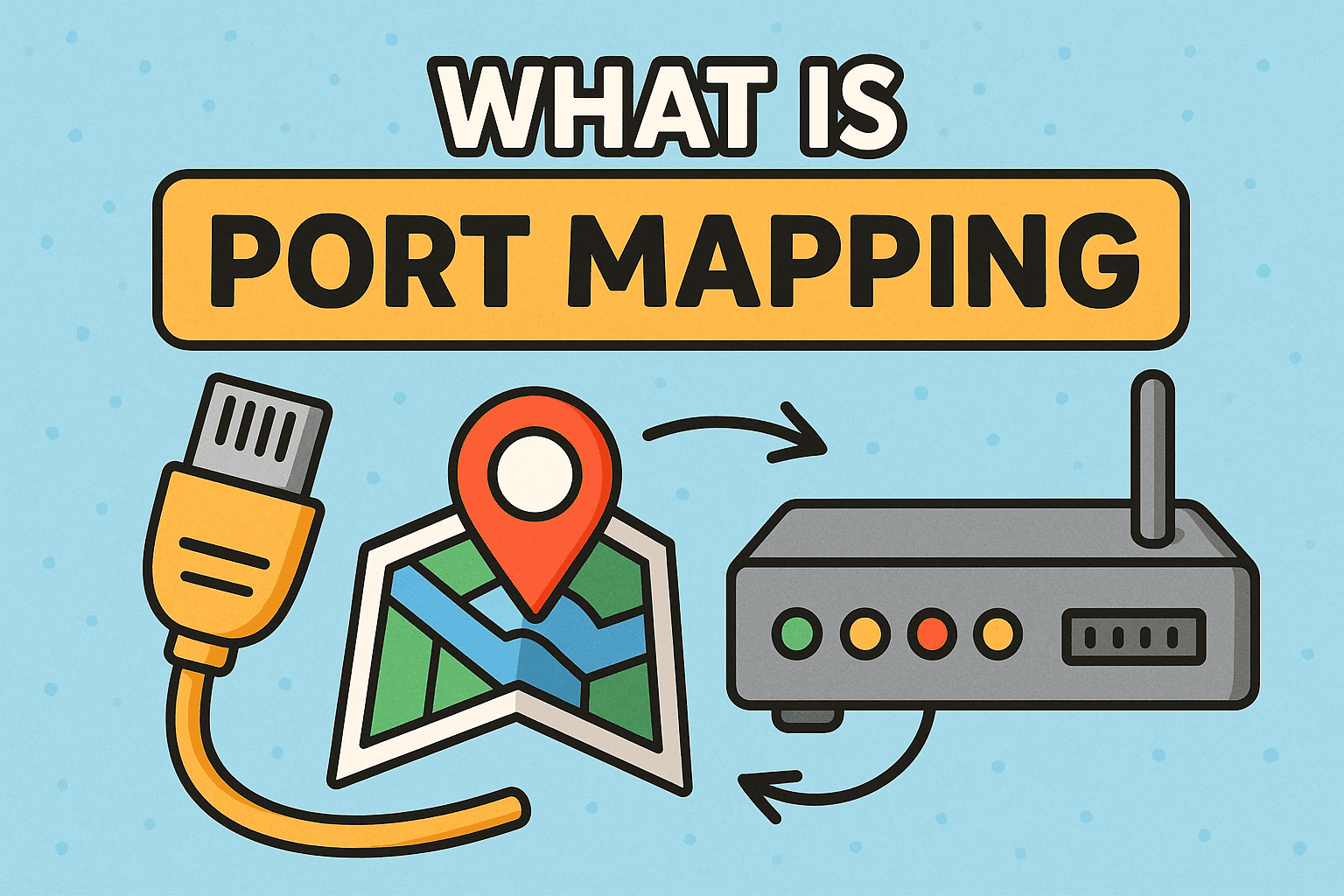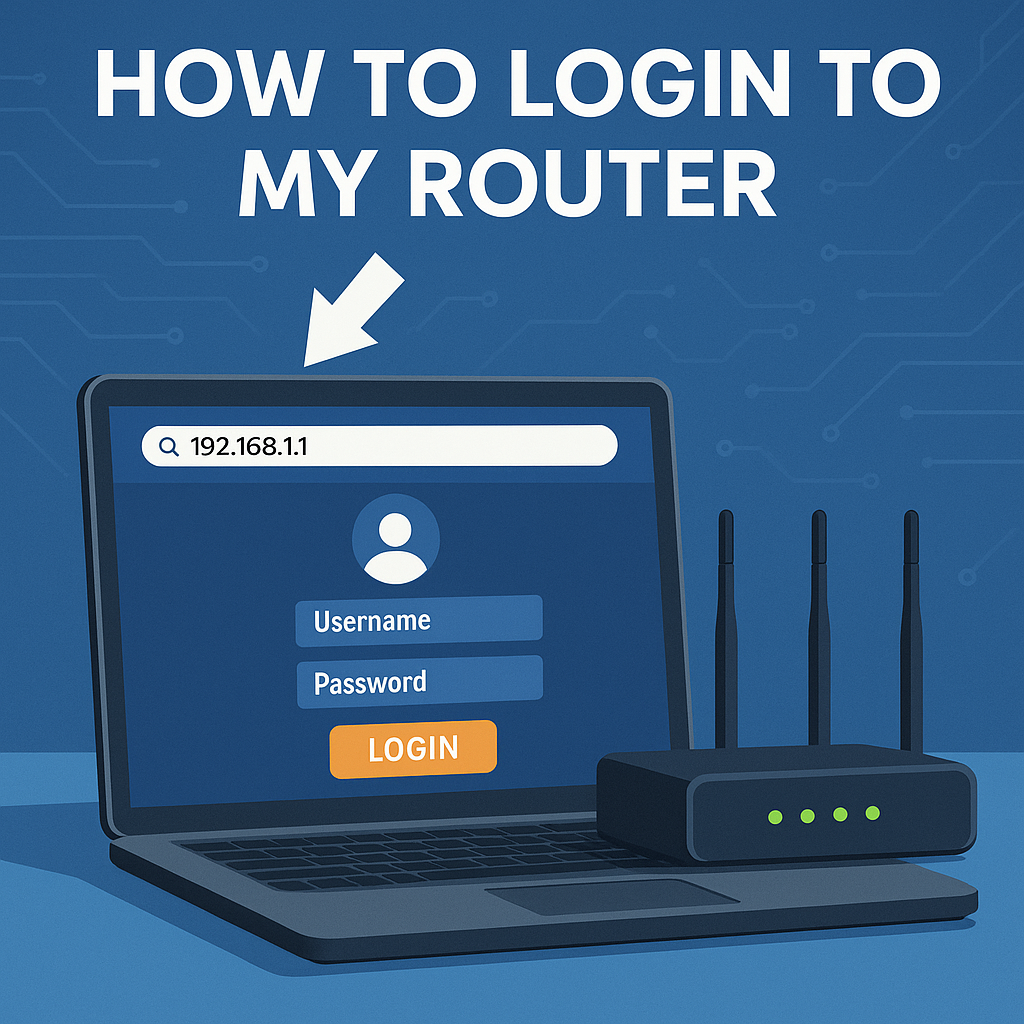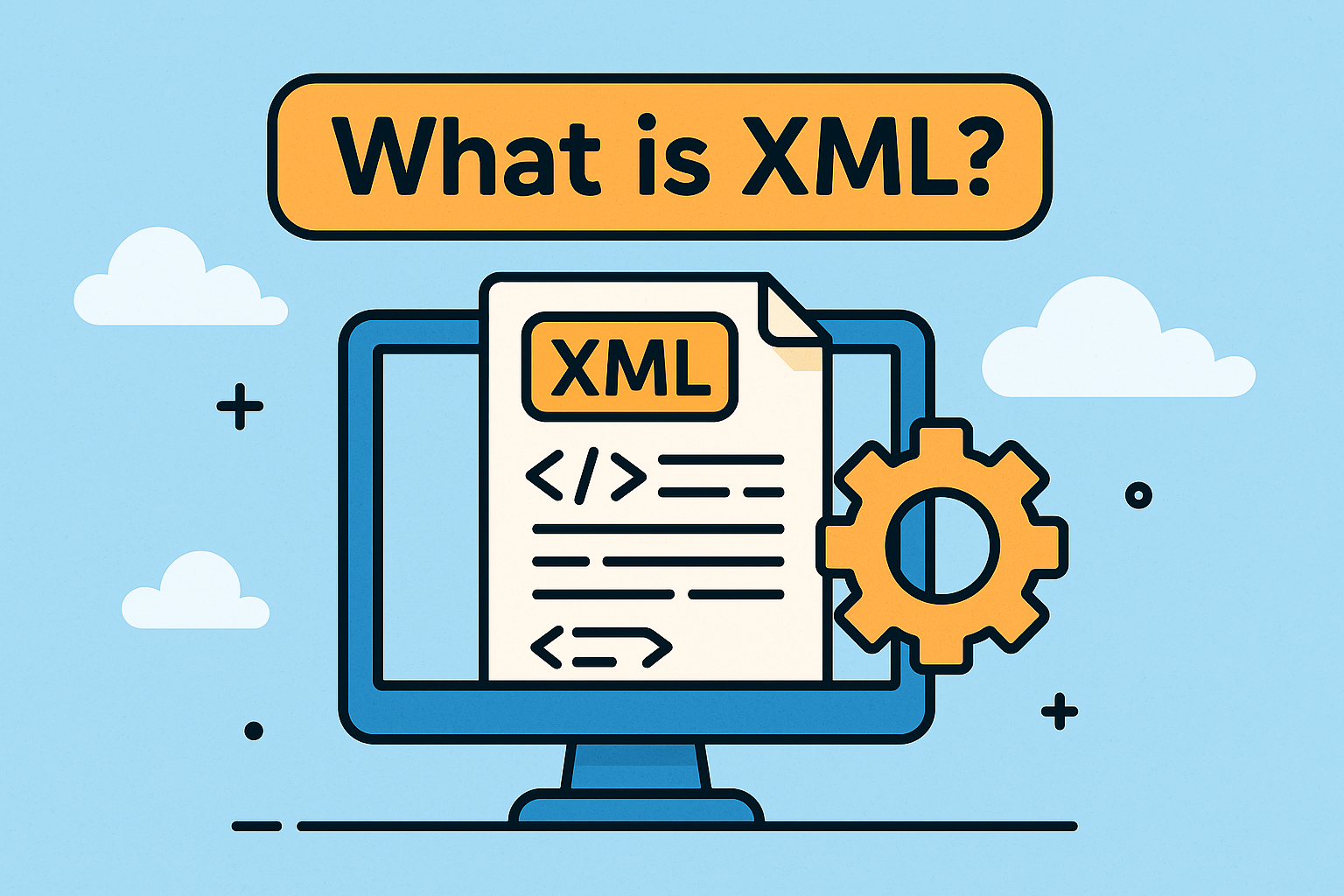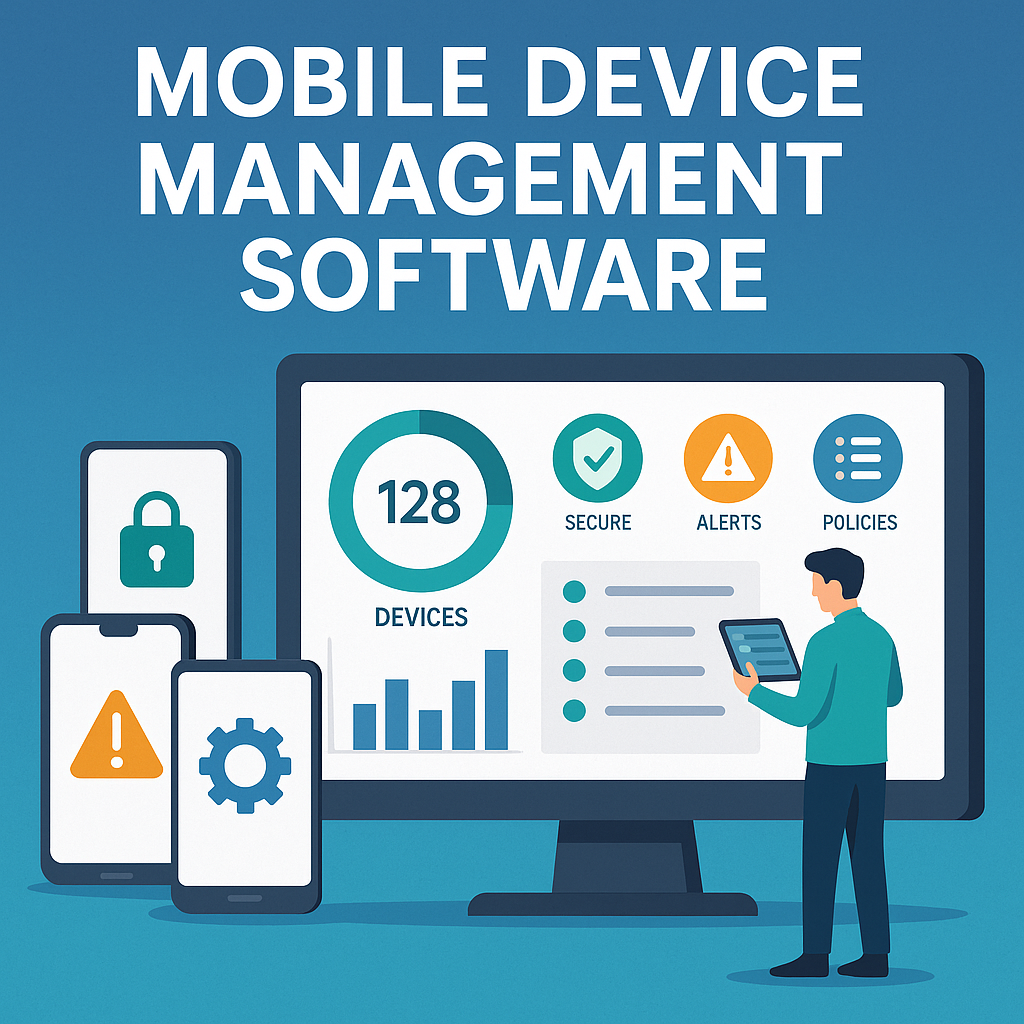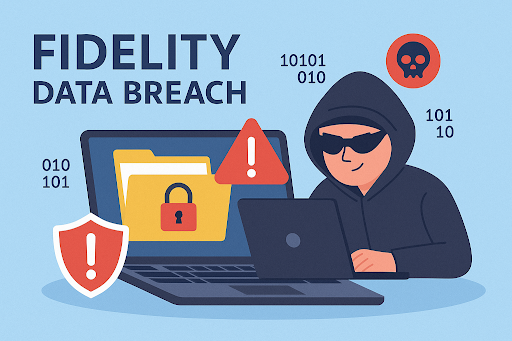Introduction: Why Understanding IT Is Business-Critical
Updated on June 3, 2025, by Xcitium
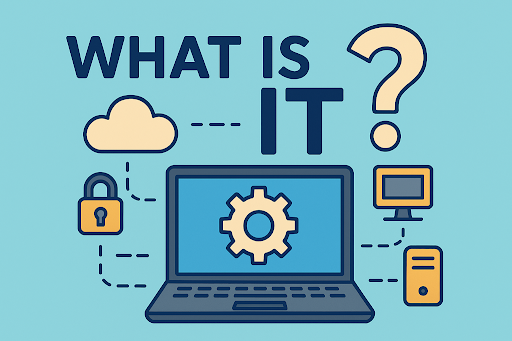
What is IT—and why should you care? Whether you’re a cybersecurity strategist, a startup founder, or managing enterprise infrastructure, knowing what IT is goes far beyond buzzwords. IT—short for Information Technology—is the backbone of nearly every modern business.
From secure data management to operational agility, IT underpins your ability to scale, compete, and protect your digital assets. In a world where cyber threats are rising and digital transformation is accelerating, understanding the scope and function of IT is no longer optional—it’s essential.
This guide will give you a clear, practical understanding of IT: what it is, how it works, and why it matters across industries.
What Is IT? (Definition & Scope)
Information Technology (IT) refers to the use of computer systems, software, networks, and data management processes to store, process, and transmit information.
In simpler terms, IT enables machines and people to interact through technology.
Key Areas of IT:
- Hardware (e.g., servers, routers, endpoints)
- Software (e.g., OS, applications, cybersecurity tools)
- Networking (e.g., LAN/WAN, firewalls, cloud infrastructure)
- Data (e.g., storage, backup, analytics)
IT professionals design, maintain, and protect these systems to ensure secure and efficient business operations.
The Evolution of IT: Then vs. Now
Then:
- IT focused on mainframes and local data storage.
- Support teams managed isolated systems with basic networking.
Now:
- IT supports cloud computing, AI, mobile access, and cybersecurity.
- IT management involves strategic oversight of both physical and digital infrastructure.
Modern IT is more than just fixing printers—it’s a strategic enabler for secure innovation and operational efficiency.
Core IT Services Every Organization Needs
1. Network Management
- Setup and maintenance of secure, scalable networks
- VPNs, firewalls, and endpoint protection
2. Data Storage & Management
- Cloud storage, databases, backup systems
- Compliance with data privacy laws (e.g., GDPR, HIPAA)
3. Technical Support & Help Desk
- Troubleshooting, onboarding, and systems support
4. Cybersecurity Services
- Threat detection, prevention, and response
- Secure access control (IAM, MFA)
5. Software Deployment & Integration
- Business apps, collaboration tools, and automation software
6. Cloud & Infrastructure Management
- AWS, Azure, GCP configurations
- Hybrid and multi-cloud environments
These IT services form the operational core of any modern enterprise.
IT in Business: Strategic Impact Across Industries
What is IT in a business context? It’s the glue holding everything together—from productivity tools to customer data.
Use Cases by Industry:
- Finance: Fraud detection systems, data encryption, real-time trading platforms
- Healthcare: EHRs, HIPAA-compliant cloud systems, remote diagnostics
- Manufacturing: IoT, real-time monitoring, supply chain automation
- Retail: POS systems, inventory tracking, CRM platforms
In every sector, Information Technology fuels innovation and ensures continuity.
Why CEOs and IT Managers Must Align
IT isn’t just an operational function—it’s a strategic business driver.
Benefits of Alignment:
- Improved cyber risk posture
- Faster digital transformation
- Clearer ROI from tech investments
- Unified compliance and governance
This alignment is key for tech-enabled growth and business resilience.
Best Practices for IT Management
- Centralized IT governance
- Invest in continuous training
- Prioritize cybersecurity at every layer
- Automate where possible
- Monitor and optimize performance
An effective IT management strategy boosts both operational efficiency and security.
Common IT Challenges (and Solutions)
1. Cyber Threats
- Use advanced threat detection & real-time monitoring
2. Legacy Systems
- Gradually migrate to scalable, cloud-native environments
3. Data Silos
- Integrate platforms for unified visibility
4. Shadow IT
- Establish clear governance and employee education
Addressing these challenges is critical to maintaining digital integrity and uptime.
Conclusion: IT as a Competitive Advantage
Understanding what IT is can empower better decisions, safer operations, and faster innovation. From protecting data to scaling services, IT is foundational to modern business.
Don’t treat IT as just a support function—treat it as a strategic partner in business growth.
👉 Request a personalized IT strategy demo from Xcitium
FAQs About IT
1. What is IT in simple terms?
IT refers to the use of computers and technology to manage information and support business functions.
2. Is IT the same as computer science?
No. IT focuses on application and infrastructure, while computer science is more theoretical and development-oriented.
3. What are examples of IT services?
Examples include tech support, cloud services, cybersecurity, and data management.
4. How does IT help businesses?
IT improves efficiency, enhances security, supports growth, and ensures regulatory compliance.
5. Why is IT important in cybersecurity?
Because IT teams manage the infrastructure that protects systems, networks, and data from cyber threats.





